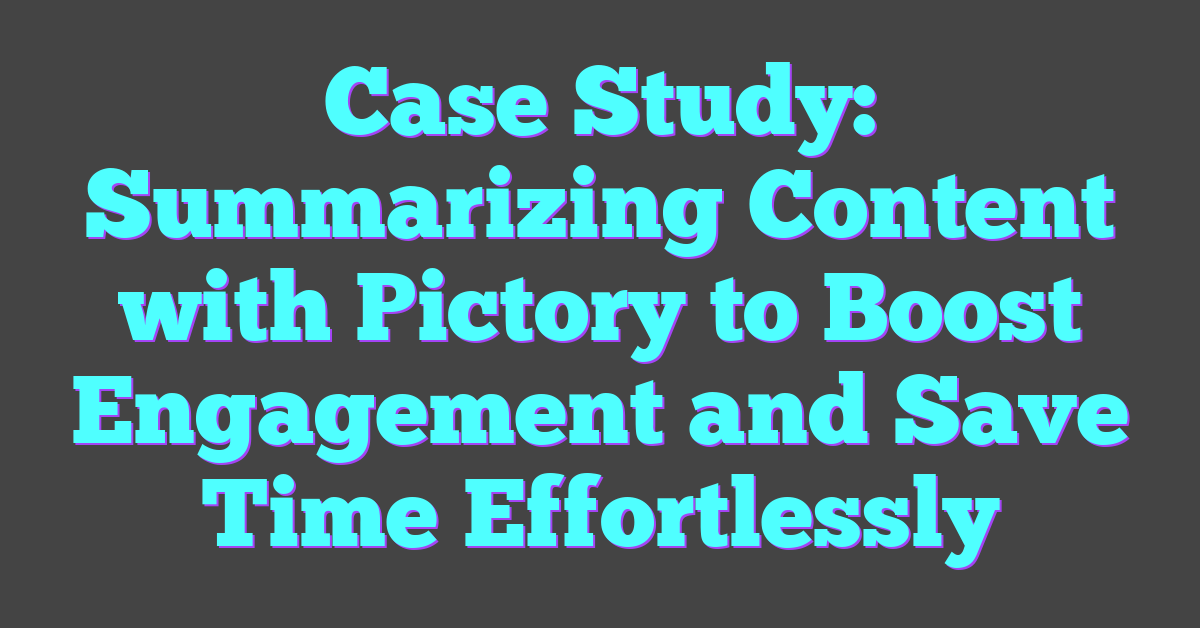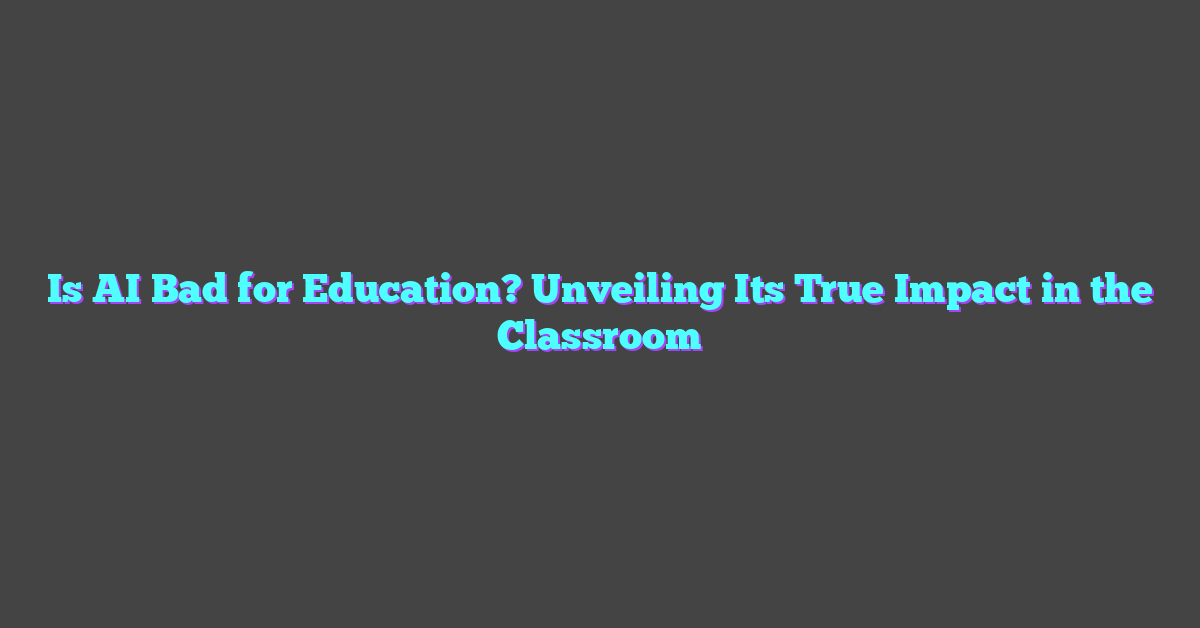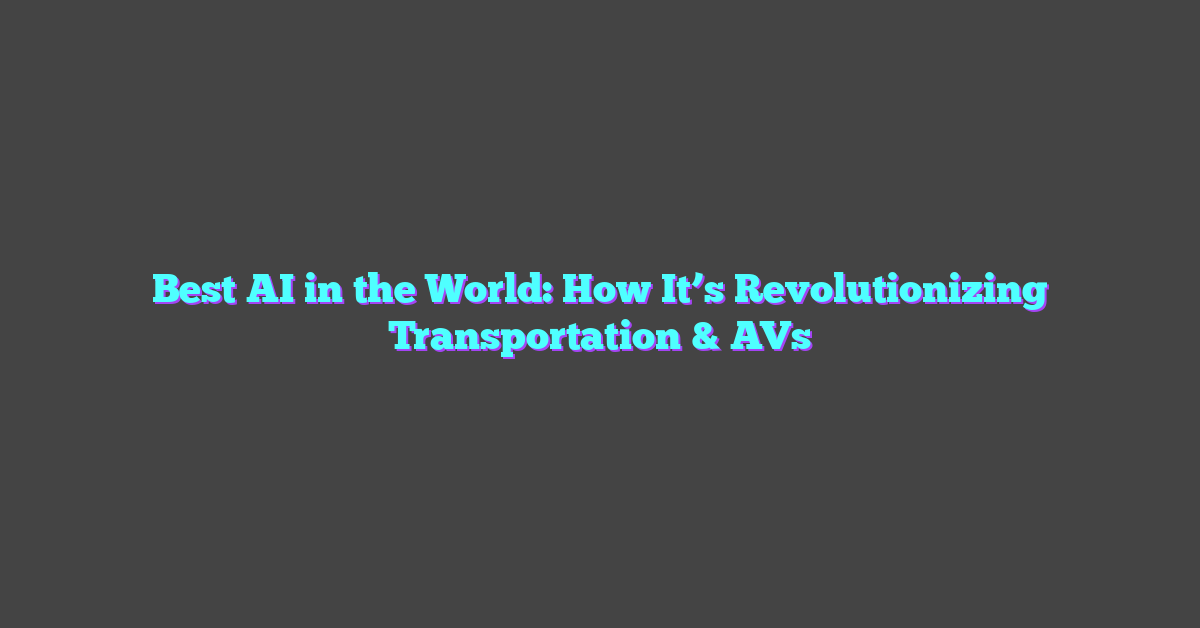In an age where attention spans are shrinking and content is king, the ability to condense information into engaging, bite-sized pieces has never been more valuable. Pictory, a powerful AI-driven tool, is revolutionizing the way creators summarize and present content, making it easier to captivate audiences across platforms.
This case study dives into how Pictory transforms lengthy materials into concise, visually appealing summaries that grab attention and keep viewers hooked. Whether it’s for social media, marketing, or education, Pictory offers a seamless way to turn complex ideas into digestible formats, saving time and boosting impact.
Overview Of Pictory
Pictory leverages AI and machine learning to streamline content summarization. It uses advanced natural language processing (NLP) algorithms to extract key points from lengthy text and transform them into concise, visually engaging outputs. This ensures creators can deliver impactful messages without overwhelming their audience.

Key features include automated video creation, where users upload text or scripts, and the platform generates high-quality video summaries. Customizable templates allow creators to match content with branding needs, and AI-driven scene detection aligns visuals with text segments for seamless storytelling.
Pictory supports multilingual content processing, enabling creators to reach diverse audiences. By integrating speech-to-text capabilities, it converts audio or video into scripts for summarization. These features suit online creators, educators, and marketers aiming to boost engagement while reducing production time.
Key Features Of Pictory
Pictory leverages AI and machine learning to transform long-form content into engaging summaries. Its combination of advanced algorithms and intuitive design makes content creation streamlined and efficient.
AI-Driven Summarization
Pictory utilizes natural language processing (NLP) to analyze and condense text. By extracting key ideas and maintaining contextual relevance, it creates summaries that are concise and accurate. Machine learning enables the algorithm to adapt its understanding across varied topics, making it effective for industries like marketing, education, and social media.
Visual Enhancements
The platform offers customizable templates to align with different branding needs. AI-driven scene detection optimizes video flow by ensuring smooth transitions between segments. Additionally, Pictory integrates stock media libraries and advanced text-to-video conversion to enhance content’s visual impact.
User-Friendly Interface
Pictory’s design supports creators of all technical skill levels. Features like drag-and-drop functionality, real-time previews, and guided workflows streamline the summarization process. Multilingual capabilities and speech-to-text integration further enhance accessibility, ensuring a global reach for content creators.
The Case Study: How Pictory Works
Pictory uses advanced AI technologies, including natural language processing (NLP) and machine learning, to simplify long-form content into engaging summaries. The platform aligns AI innovation with content creation, making complex summarization processes seamless for creators.
Initial Setup And Input
Users start by uploading text, video, or audio files into Pictory. The platform supports various file types, including PDFs, Word documents, MP4s, and WAVs. After upload, the algorithm analyzes the content’s structure, extracting relevant context and identifying key elements to maintain accuracy. Creators can specify preferences, such as tone, length, and focus, ensuring summarized content aligns with the original intent.
Summarization Process Explained
Pictory’s AI employs NLP algorithms to process the input, identify critical points, and condense the material effectively. For text-based inputs, the system evaluates sentence importance, semantic context, and overall topic coherence. For video or audio, Pictory integrates speech recognition to transcribe spoken words, applies scene detection to break down visual/audio segments, and extracts salient details for structured narratives. The machine learning models fine-tune results by learning from adjustments, ensuring continuous improvement in content processing.
Output Quality And Results
Pictory generates video summaries, presentation slides, or condensed text narratives based on user choices. The outputs are visually polished with customizable templates, stock media integration, and professionally formatted transitions. Results maintain relevance, preserving the source material’s intent and tone. Users report significant time savings, with summaries ready in minutes compared to hours of manual work, while ensuring high engagement across platforms like social media, instructional settings, and marketing campaigns.
Benefits Of Using Pictory For Content Summarization
Pictory revolutionizes content summarization by integrating AI and machine learning to create concise, engaging outputs. Its automated solutions streamline workflows and enhance accessibility for creators across industries.
Time Efficiency
AI-driven algorithms in Pictory condense lengthy content into summaries within minutes, reducing production time significantly. By automating tasks like scene detection, speech-to-text conversion, and key idea extraction, it eliminates manual editing needs. For example, marketers converting hour-long webinars into two-minute promotional clips save substantial effort compared to traditional tools.
Improved Content Accessibility
Pictory’s multilingual support and speech-to-text capabilities enhance content accessibility for diverse audiences. AI-powered adjustments ensure summaries maintain contextual relevance across languages. Educators use Pictory to create concise video lectures with captions, improving inclusivity for students with hearing impairments or language barriers.
Limitations And Challenges
Pictory’s efficiency in summarizing content highlights its strengths, but certain limitations affect its functionality. The platform relies heavily on AI and machine learning, which might misinterpret nuanced or highly specialized subject matter. For instance, content requiring deep domain expertise—such as legal or medical texts—could result in oversimplifications.
Customization options, while robust, can still pose challenges for users seeking hyper-specific formats. Although Pictory offers adjustable templates and tone preferences, users with highly unique branding or storytelling needs may require supplemental editing tools to achieve precise outcomes.
The dependence on pre-existing data also shapes Pictory’s performance. Content that’s poorly structured or lacks cohesion can yield suboptimal summaries, as the algorithms might struggle to identify key points. In such cases, manual intervention is essential to refine outputs and maintain narrative flow.
Pictory’s multilingual capabilities, though impressive, might exhibit inconsistencies in idiomatic or culturally-specific expressions. For example, summaries of texts featuring regional slang could lose meaning during translation, reducing overall accuracy and contextual relevance.
Finally, accessibility hinges on internet connectivity and reliable processing power. Those in regions with limited technological infrastructure may face performance delays, impacting productivity when working with larger file sizes or complex projects.
Conclusion
Pictory stands out as a game-changing tool for simplifying content creation in an increasingly fast-paced digital world. By leveraging AI and machine learning, it empowers creators to transform lengthy materials into concise, visually engaging formats, saving time and boosting productivity.
While it offers impressive features like multilingual support and automated video creation, users should remain mindful of its limitations with nuanced content and occasional customization needs. Despite these challenges, Pictory has proven to be a valuable asset for marketers, educators, and content creators looking to streamline workflows and enhance audience engagement.




